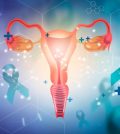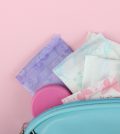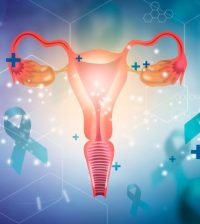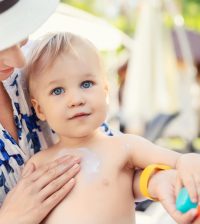- Double Mastectomy May Offer No Survival Benefit to Women With Breast Cancer
- Toxic Lead Found in Cinnamon Product, FDA Says
- Certain Abbott Blood Sugar Monitors May Give Incorrect Readings
- Athletes Can Expect High Ozone, Pollen Counts for Paris Olympics
- Fake Oxycontin Pills Widespread and Potentially Deadly: Report
- Shingles Vaccine Could Lower Dementia Risk
- Your Odds for Accidental Gun Death Rise Greatly in Certain States
- Kids From Poorer Families Less Likely to Survive Cancer
- Tough Workouts Won’t Trigger Cardiac Arrest in Folks With Long QT Syndrome
- At-Home Colon Cancer Test Can Save Lives
Doc Dispels Common Myths About Head Lice

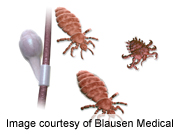
FRIDAY, Oct. 18Although lice do not cause serious physical harm, they can result in a lot of emotional distress because many people still mistakenly believe they are a sign of poor hygiene, an expert explains.
Head lice bite into the scalp to feed on blood, but these bites are usually not painful. Still, a lice infestation can strike fear in families for a number of reasons, including the stigma of being deemed “dirty.”
A lice infestation, however, is not a reflection of a person’s cleanliness, according to Dr. Andrew Bonwit, a pediatric infectious disease expert at Loyola University Health System in Illinois.
“Personal hygiene and socioeconomic status have nothing to do with having or transmitting head lice. The head louse is an equal-opportunity pest,” explained Bonwit in a university news release. “The infestation is usually a nuisance and almost never a serious problem in itself.”
There are other common misconceptions about lice, Bonwit pointed out. In order to ease parents’ fears, he dispelled the following myths:
- Myth: Pets spread lice. “Animals are not known to carry head lice nor to transmit them to people,” Bonwit said.
- Myth: Sharing personal items spreads lice. “Although it’s probably best not to share such items as combs, hairbrushes and hats, these do not seem to transmit the pest,” Bonwit added. “Transmission of lice seems to occur only by direct head-to-head contact from one person to another.”
- Myth: Kids with lice should be sent home from school immediately. “The American Academy of Pediatrics does not endorse ‘no-nit’ policies that exclude children from school because nits are present,” Bonwit noted. “In fact, even the presence of mature head lice is not considered a valid reason to exclude children, only a cause for prompt referral to the physician for treatment.”
- Myth: Lice carry disease. “Head lice do not transmit serious infectious disease,” Bonwit explained.
Although lice often cause a big stir, they are tiny and often hard to spot. “Lice are very small, about the length of George Washington’s nose on a quarter,” said Bonwit, who is also an assistant professor of pediatric infectious disease at Loyola University Chicago Stritch School of Medicine. “The lice produce eggs, called nits, which become strongly cemented to the host’s hair shafts.”
Nits look like small, dark spots on the side of the hair shaft. Although the infestation isn’t painful, it can be itchy, Bonwit cautioned. “Sometimes the patient has been so itchy that he or she scratches the scalp to the point of minor skin infections and even causing some enlarged lymph nodes on the back of the neck or behind the ears,” he said. “While these changes may alarm parents, they aren’t directly harmful.”
The U.S. Centers for Disease Control and Prevention reports that up to 12 million lice infestations occur each year in the United States among children aged 3 to 11 years.
“Parents and school staff may become understandably upset by outbreaks of head lice, but it is important to remember that if the problem occurs, it is treatable, although repeat applications of medicine are usually needed,” Bonwit said.
The most common lice treatment is over-the-counter or prescription shampoos or lotions that must be applied to the scalp, left on for a specified time, then rinsed off. Often a fine-toothed comb is also needed to remove nits to prevent further infestation.
“The life cycle is about seven days from the laying of the eggs to the hatching, so a second insecticide treatment is recommended, after the first application,” Bonwit advised. “If the treatments are used as directed, problems other than scalp irritation are unlikely to occur.”
More information
The U.S. Centers for Disease Control and Prevention has more about lice.
Source: HealthDay
Copyright © 2024 HealthDay. All rights reserved.

